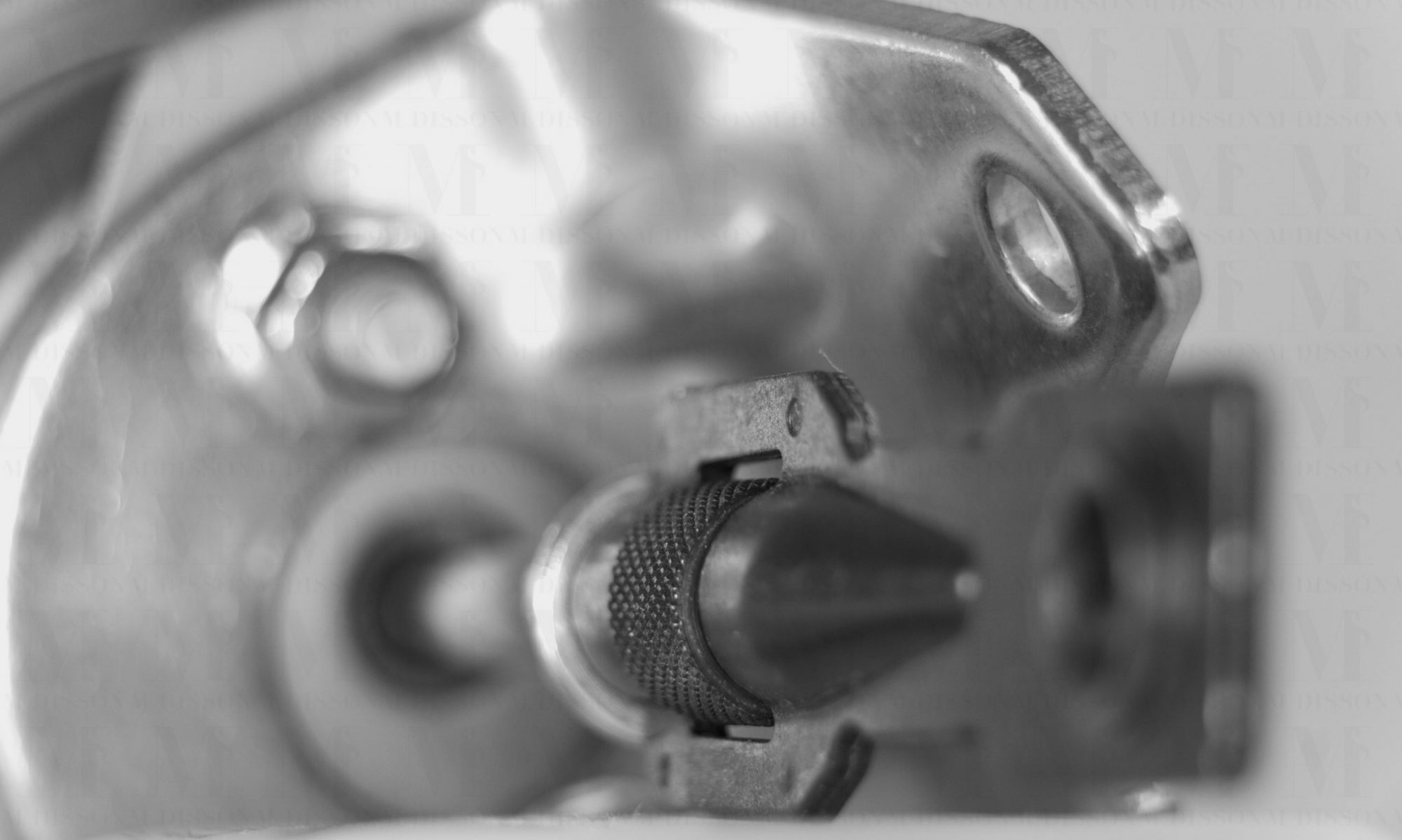In this third instalment of ‘How a Turbo Works’ series – Part 3, we discuss specifically the boosting potential a turbo can give a car and tease the wastegate -more on that in part 4.
How a turbo works -Boost
Boost/thrust refers to the increase in pressure within the manifold. This is the level of thrust can be read by looking at the pressure gauge within the instrument panel. This is usually translated into bar, psi or kPa. The pressure reading is representative of the extra air pressure that is achieved over what would be achieved without the forced induction.
‘The typical boost provided by a turbocharger is 6 to 8 pounds per square inch (psi)… Therefore, you would expect to get 50% more power.’
taken from howstuffworks.com
Boost is limited by controlling the wastegate. This wastegate stops the exhaust gases from crossing over. In some cars, the maximum boost depends on the fuel’s octane rating and is electronically regulated using a knock sensor or Automatic Performance Control (A.P.C.).
Many diesel engines do not have any wastegate because the amount of exhaust energy is controlled directly by the amount of fuel injected into the engine.
If you found this article interesting, we are sure will enjoy
part 4 of How a Turbo Works.
Found the answer you were looking for… take a look at our eBay store to purchase the equipment you need. Click here to go to our eBay store

